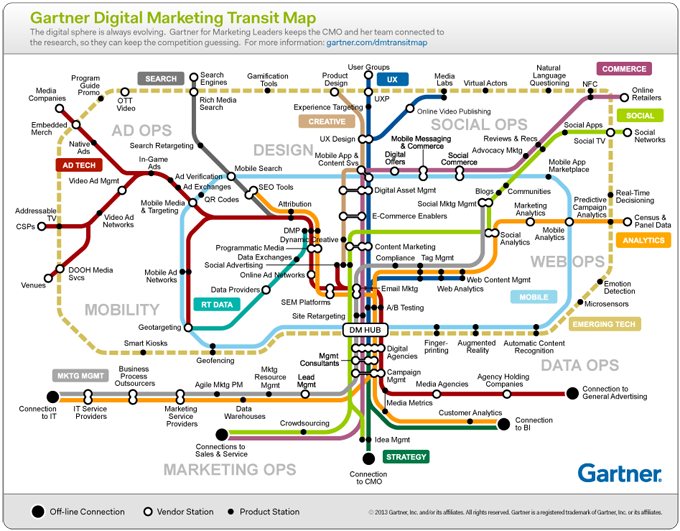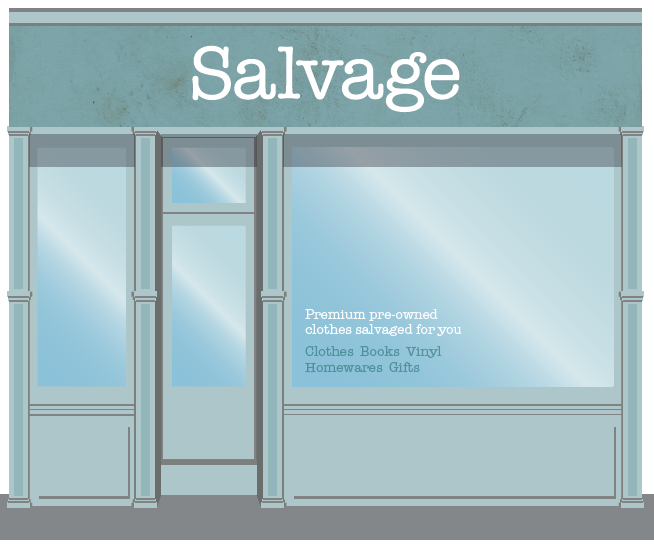
10 steps to a better marketing brief
When you need your team or agency to hit the ground running, there’s no better starting point than a solid marketing brief.
While it may seem easier to do without it and fly by the seat of your pants, committing to a written marketing brief is a powerful discipline that ultimately drives better results.
We’ve put our thinking caps on and come-up with the following 10 step cheat sheet. If any of the steps don’t apply to your project, that’s fine – just leave them out. And if you think we’ve left off any important questions, please let us know!
If you cover-off the relevant points in your marketing brief, you can be confident you’ll have a professional foundation for your project. Everyone involved will have a thorough, consistent understanding of the job at hand – and be able to get going, fast.
Our 10 step cheat sheet to marketing briefs can also be viewed on Slideshare.
1) Campaign Requirement / Background / Overview:
What’s the big picture: who is the campaign talking to, and what’s the main purpose?
Include anything happening in your world that the agency team should know – market activity, opportunities or challenges. If the campaign is part of a wider programme, summarise the strategy and objectives.
As background info, cover-off: product/service age; market share/position; competitor activity; market positioning; sales or other tactical objectives; etc.
2) What is the objective; the purpose of the campaign?
What effect should the campaign have on recipients. What do you want them to think, feel, or do?
3) How will the communication be experienced?
Details on the context in which the campaign will be seen: eg ‘talked through’ in a one-to-one scenario? Or mailed out ‘cold’? Include any relevant information such as customer databases, mailing lists, media details (publisher; readership; frequency; editorial slant, etc)
4) Target audience: who are we talking to?
The more precise and detailed, the better. If you have market segmentation analysis, share it.
If it’s a B2B campaign, make sure you go beyond work roles to include demographic and customer persona information: you’re still marketing to humans!
How does your audience currently think, feel and behave in relation to the product/service category generally, and your brand specifically?
5) Audience challenges / product/service benefits:
For each target audience, what is the key challenge they face, or need they have?
Why are they currently not buying?
Primary benefits
What is the single most persuasive or compelling statement we can make to encourage the audience to take action?
Secondary benefits
List secondary benefits that need to be included, in priority order.
Don’t forget to include detailed product information in the brief. Clearly prioritise benefits, and include any relevant supporting info/resources.
6) The single-minded proposition
Express what’s being offered as a single thought, in one sentence – the most motivating and differentiating thing we can say.
7) What are the supporting rational & emotional ‘reasons to believe and buy?’
Back-up /substantiate the single-minded proposition. What else can we say to achieve the objective?
8) Offer /response
What’s the underlying promise? Is there a specific offer to drive response (time limited incentive; giveaway; free info; etc?)
What sort of response are you seeking: is there an immediate action required? Eg web visit, online signup, email, telephone, etc? Include all relevant contact details, smallprint or legalese.
9) Brand guidelines, assets and mandatory inclusions
If the service has a defined set of associated brand assets, identify them clearly. These may include formalised brand values, promise, tagline, design style and tone of voice guidelines, etc.
10) Project deliverables and deadlines
Define the project deliverables, including the relevant digital/physical campaign format details.
Who are the stakeholders in the campaign? Describe the sign-off process, the final project artwork/production deadlines, any key interim phases, and expectations over next steps.
Share
Illustrate B2B value with a well planned case study With content that’s of real value to customers and prospects rightly
Let’s make digital marketing rock “Let’s share digital marketing secrets.” This was pretty much the introductory line that setup a
Improve marketing ROI – advice for have-a-go copy heroes Do you entrust your marcomms agency with copywriting, or are you





